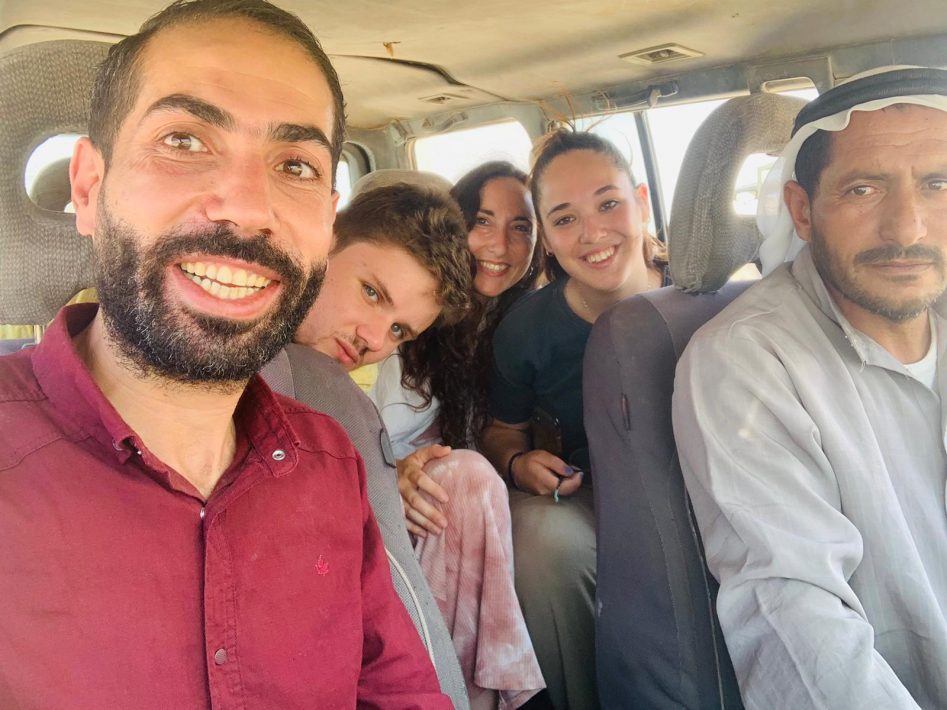Visit the Local Villages Around Hebron: When working with Engage in Palestine, one opportunity you will have is to visit the local villages around Hebron, West Bank. Located about an hour away on singular rubbled roads brimming with debris and stone fragments, the villages you tour here will offer you the chance to witness firsthand the barbarities the locals have experienced.

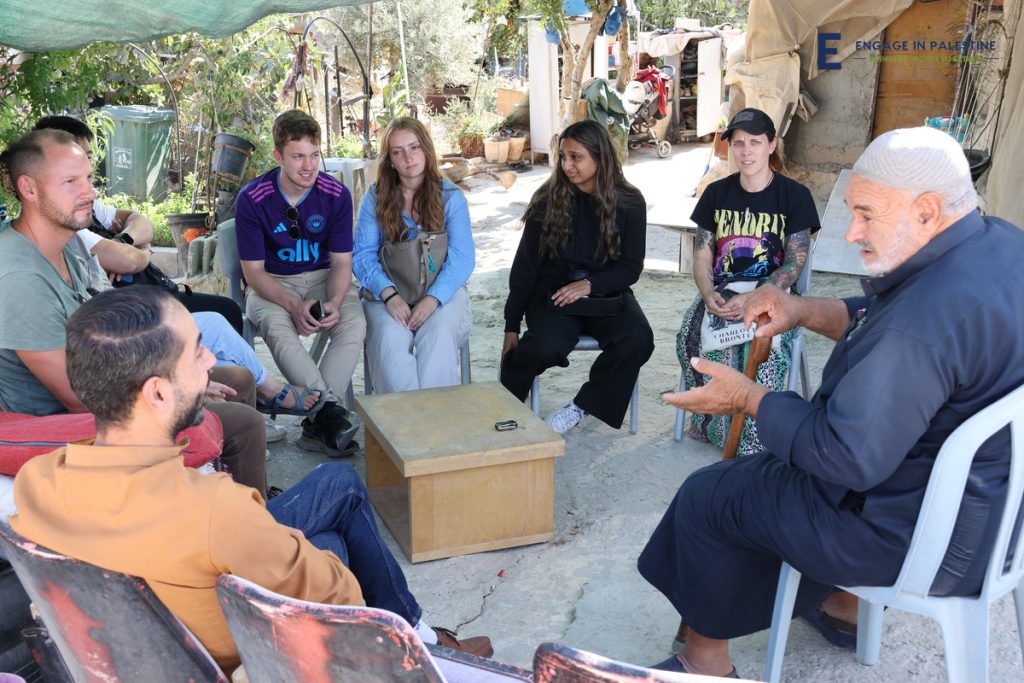
‘It looks like a holiday park because it’s so beautiful,’ one volunteer mentioned to me over coffee. Another commented that it was like a nature park and in the pictures, villa-like housing rears stunningly over gates, shining bright in the sun. But yet… what lay in the center was not beautiful. Broken pipes and pieces of metal. Junk. Collapsed buildings create a wreckage. A complete dissonance between the beauty of the day and the wider area and it was in these remains where the original villagers lived. The holiday homes belong to the settlers.
Table of Contents
The Village of Susya
In 1986 in the village of Susya, the Israeli government allegedly found an ancient synagogue in an area that was already home to an archaic mosque and church. Citing this find they immediately took over the two religious sites, ignoring the conditions that enable these takeovers to be allowed in international law, namely, that you have asked the landowner, you have compensated the landowner and the landowner is happy with these conditions. If these conditions are disregarded, it’s considered a war crime. These conditions were not met in Susya.
Instead, a national park was built around the area, the mosque was destroyed entirely and the church was converted partly into a synagogue. By doing this, the Israeli government later claimed the church had always been a synagogue, thereby giving them the justification to take the entirety of the land and building and ‘destroy the spirit of the people’ in the process, as one local Palestinian put it. As a result, some villagers were forced into caves to live Bedouin or nomadic lifestyles despite never having been this before. Others who stayed were left in makeshift villages where roofing consisted of tarpaulin and homes were without windows or electricity.
Umm Al Khair
Umm Al Khair is another village you might visit – an area where the community center is a portacabin and the school is outside in the shade. Accompanied here by the Palestinian Minister of Public Housing, he explained to the volunteers that whilst he wanted to help the villagers by providing cement for housing and the like, he might be imprisoned by the Israeli government for contributing to illegal permanent structures.
This is the result of over 60% of the West Bank being considered Area C: an area controlled by the Israeli military and which requires their approval of permanent buildings as, without this approval, the military can come in and destroy constructions.
One volunteer noted that a home they visited was without windows and doors. ‘Why?’ she asked. Replying stoically, it was because, if the owner included these, the military would consider the building complete and then dismantle it. Now at the time of writing, the army is currently threatening to damage a school in another village, with the next school being 6km (3 miles) away and precarious to reach.
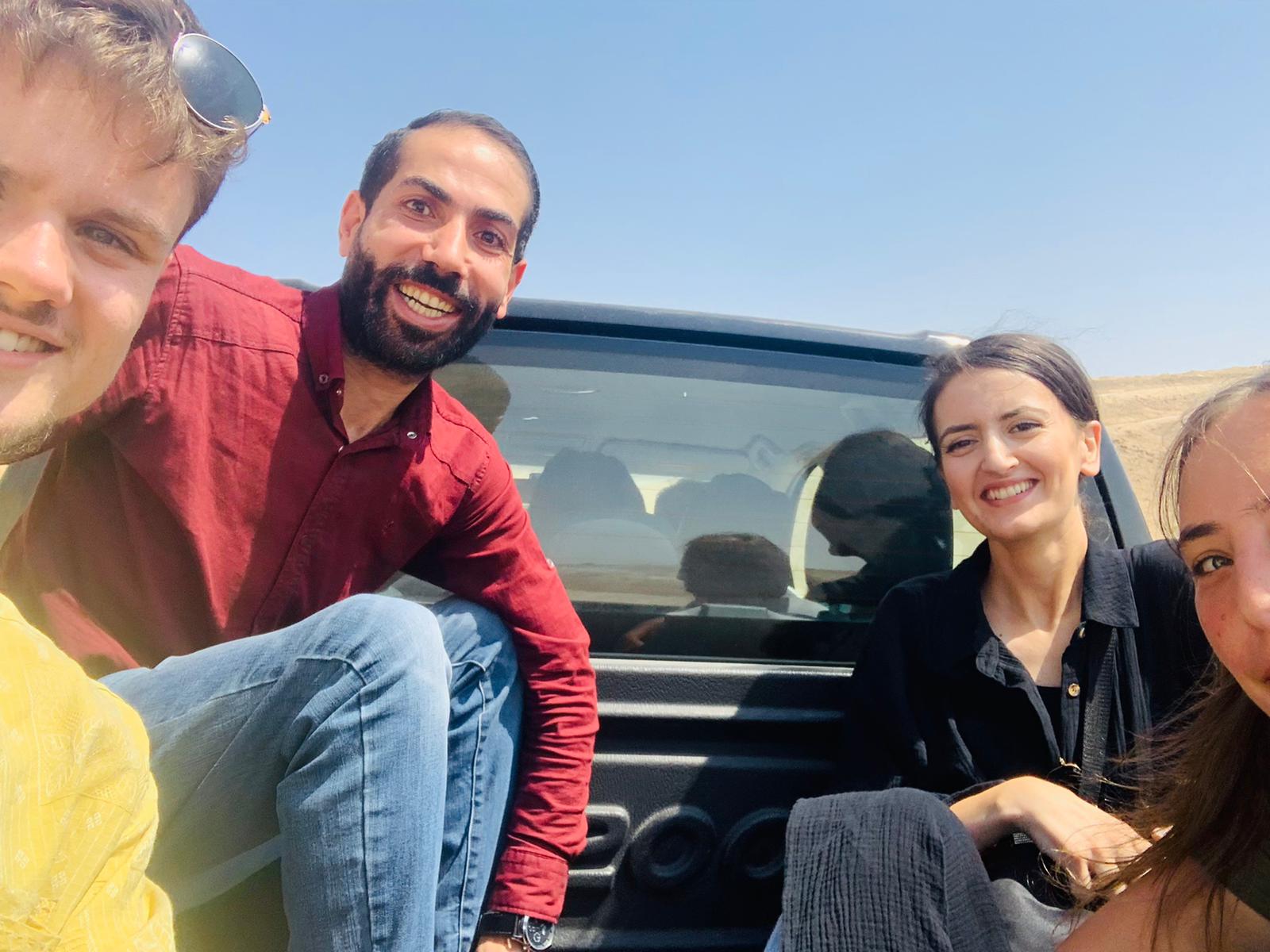
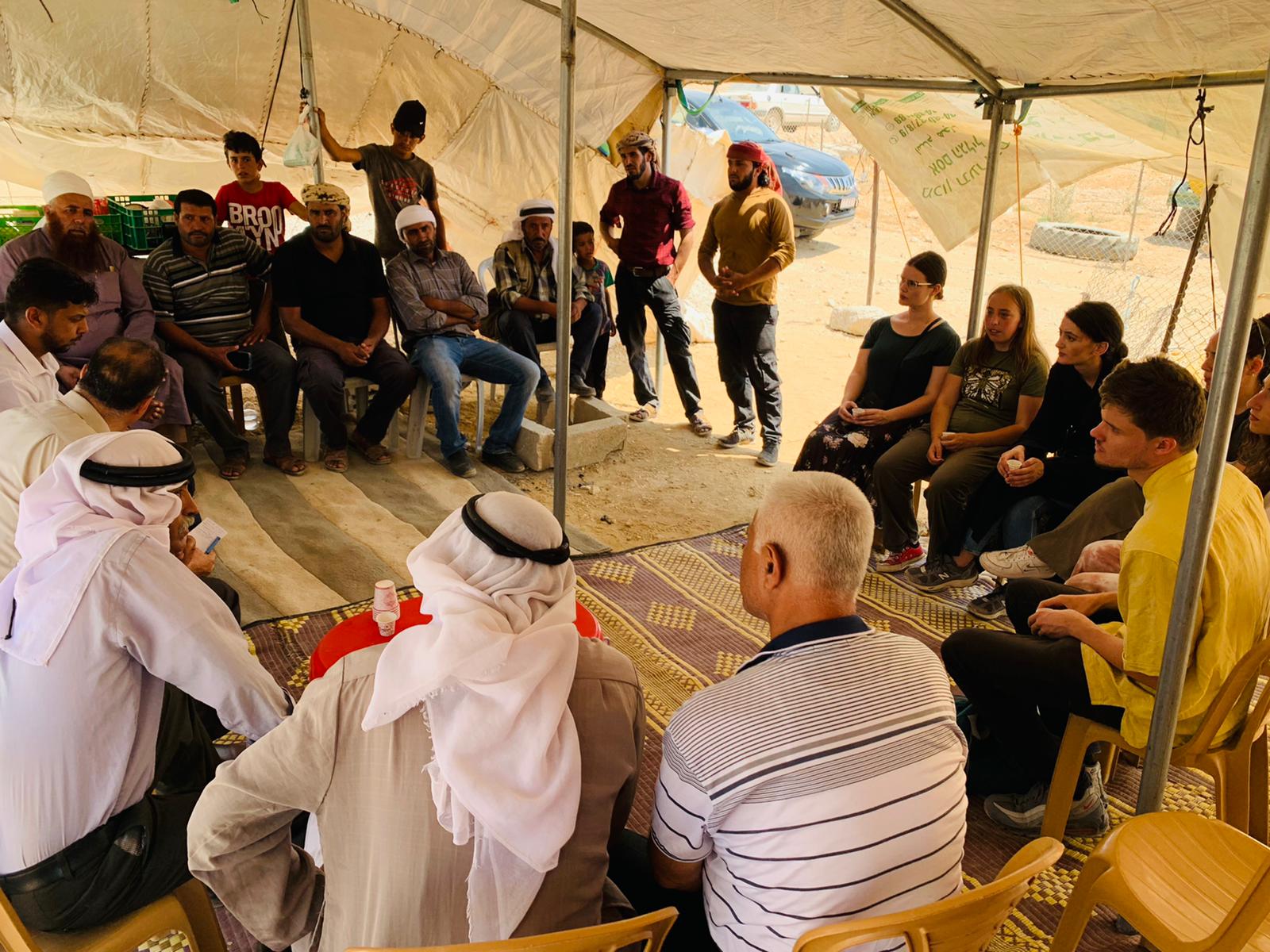
In another home, there are two rooms: a kitchen and living space where everyone (husband, wife, and five children) sleeps. There is also a small courtyard with chickens and donkeys, ‘but I couldn’t see a bathroom,’ another volunteer said, ‘and the house looked like a run-down shed.’ She noted that the villagers were somber, the children without shoes, and that the terrain was rough, needing a 4×4 to successfully cross through.
For fun, the military would sometimes cut the water supply and the villagers would need to find out where the damage was to fix it. However, there is some redemption, as in one particular village they have access to electricity through solar panels (although this is the only energy source they have, and in another village, the settlements and the chicken sheds owned by the Israelis have electricity, but the Palestinian village located there doesn’t anymore).
Across the villages you will visit (where about 6000 people live spread out), some villages consist of just three houses. In Al Abadiyah, where the locals have lived before the creation of Israel in 1948, the town is under threat solely because of the amount of media attention given to them and whilst they have Doctors Without Borders providing aid, this isn’t enough, particularly as the Palestinian Authority won’t provide support as the villagers are now considered nomads. In addition, the Israeli military frequently conducts target practice here and you will see bullet holes embedded in the incomplete buildings.
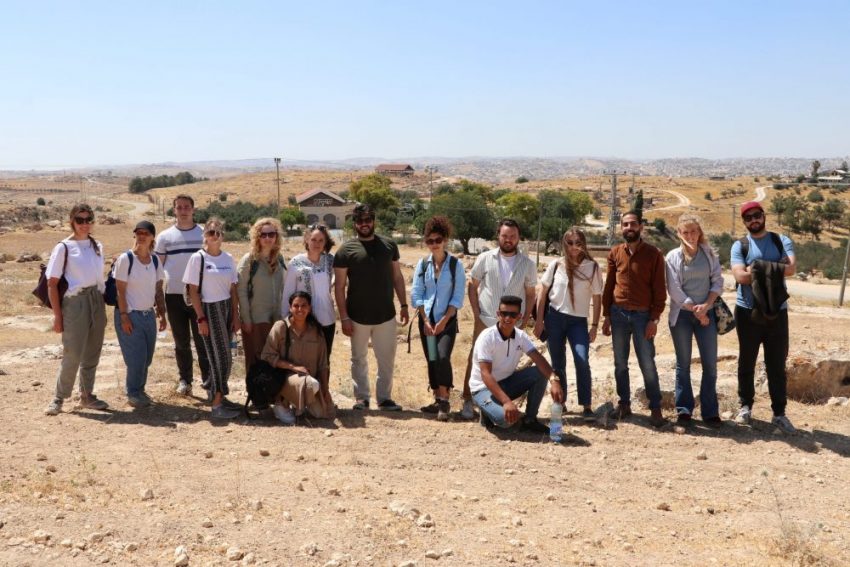
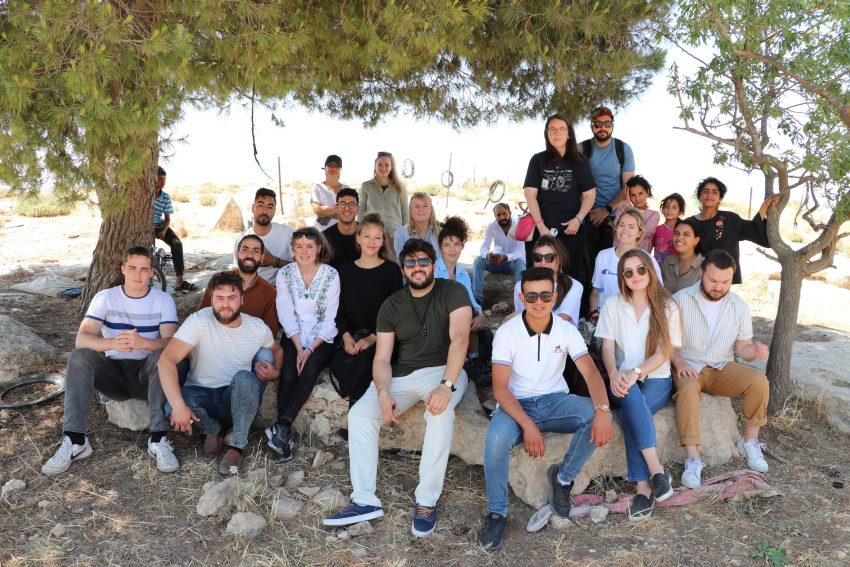
Yet, the people are strong. At one community center, a painting of Hajj Suleiman covers the building. A local activist, he was killed on the 17th of January 2022 after being run over by the Israeli police. But despite their hardship, they are also generous. ‘They have nothing but they gave us this huge lunch,’ one volunteer tells me, ‘and I felt so bad because we’re eating their food but we don’t even know how much they have to last.’ And it is this generosity that volunteers remember Palestinians by and how, regardless of everything, they will do what they can to make you feel at home – even when their own may be under threat.
Contact Us
Should you have any questions about the local villages around Hebron, or the general area around it, please do not hesitate to contact us at:
WhatsApp:+972 599 479 880
Website: https://ecpalestine.org/
EC Website: https://excellencenter.org/
Instagram: https://www.instagram.com/excellence.center
Facebook page: https://www.facebook.com/ExcellenceCenter
